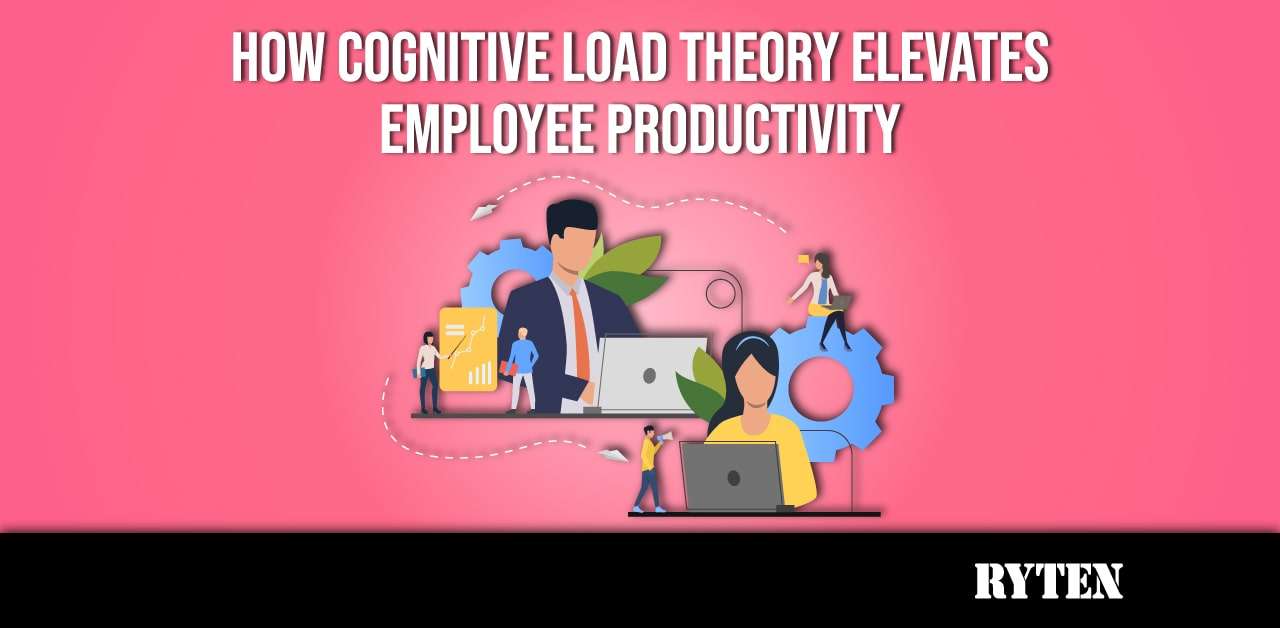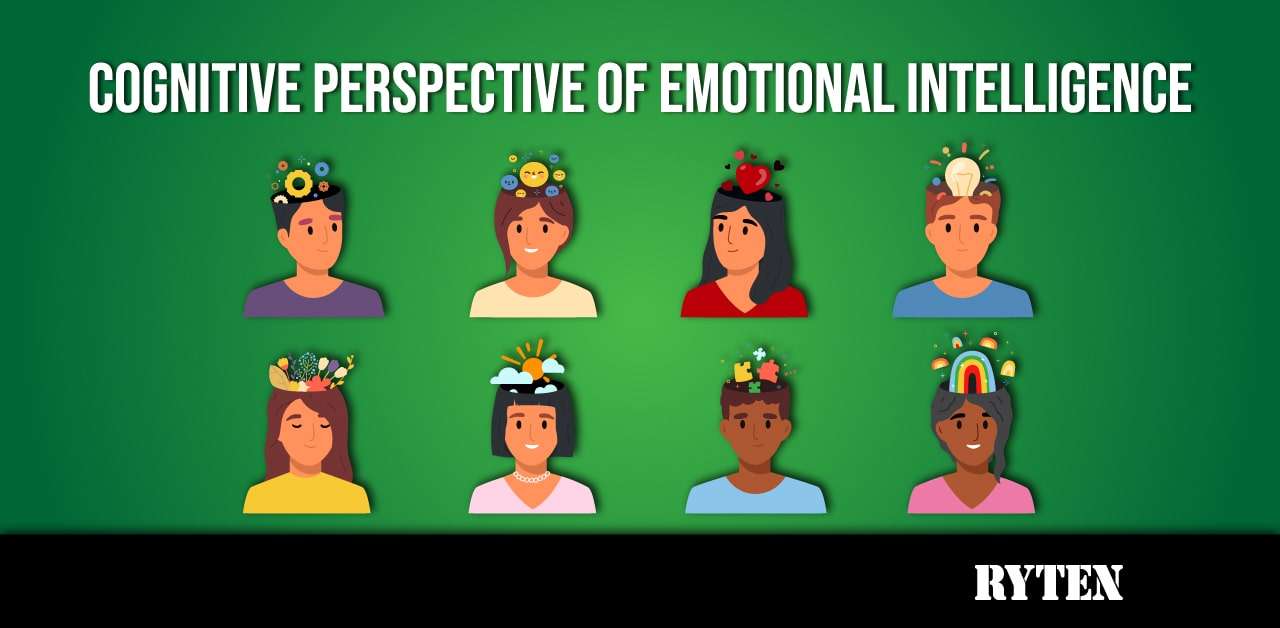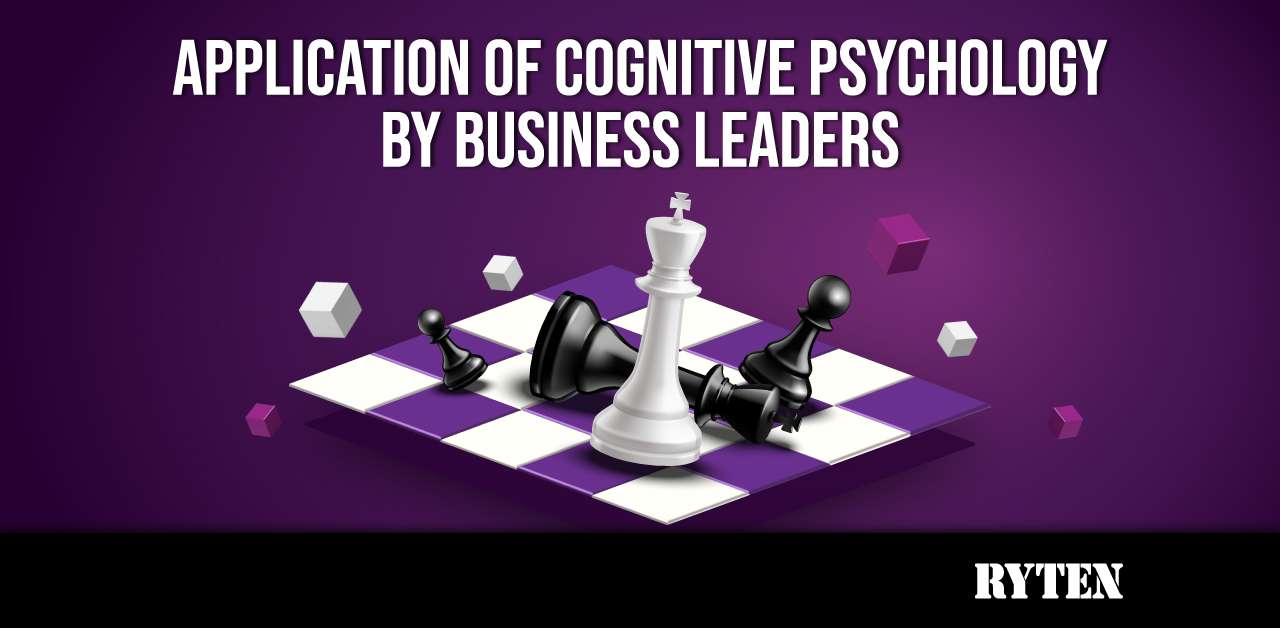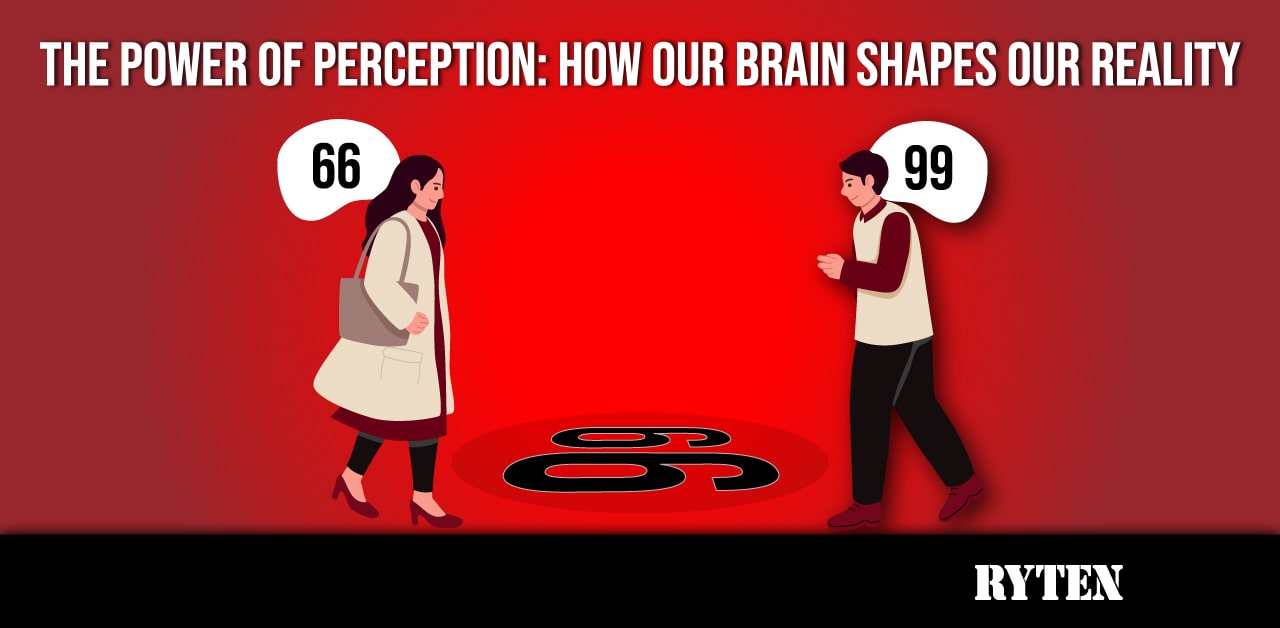HOW DIVERSE MINDS FUEL WORKPLACE INNOVATION & GROWTH: COGNITION CONTEXT
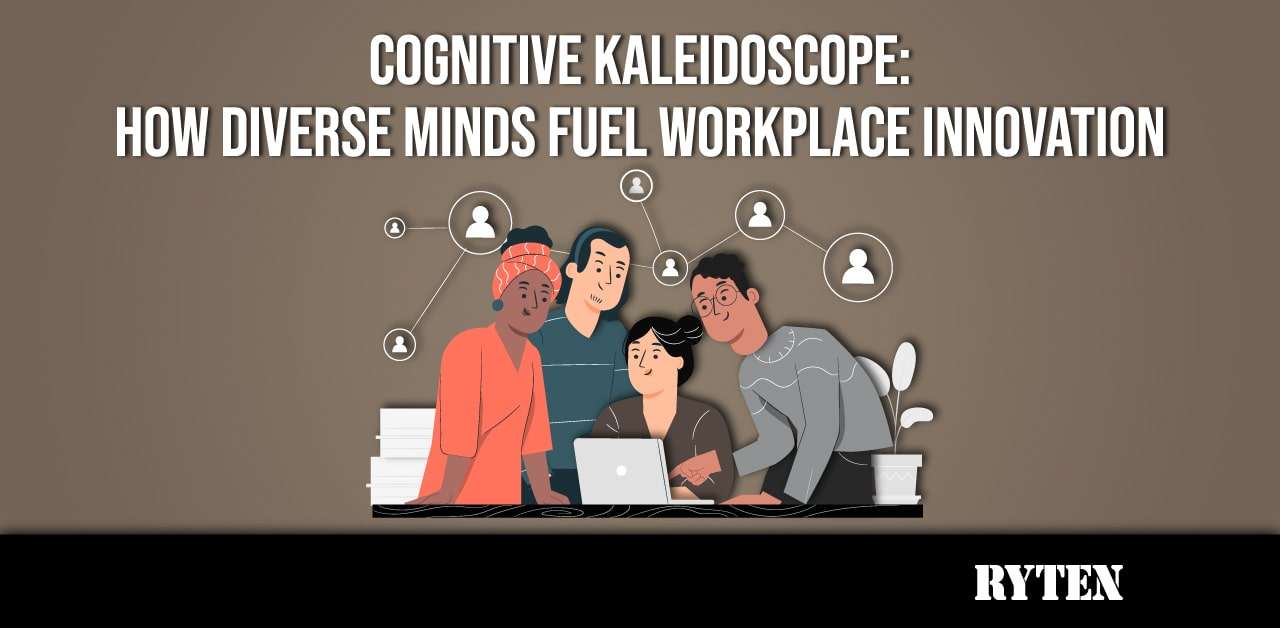
Introduction
In the ever-evolving landscape of the modern workplace, innovation stands as the bedrock of success. The ability to continually generate fresh ideas, surmount complex challenges, and adapt swiftly to changing environments has become the hallmark of thriving businesses. At the heart of this quest for innovation lies a transformative force: cognitive diversity. In this article, we embark on a captivating journey into the world of workplace innovation, guided by the symphony of diverse minds.
Picture a symphony orchestra, a harmonious ensemble of musicians, each wielding a unique instrument. As they come together, their distinct sounds merge, creating a rich tapestry of melodies and harmonies. Similarly, cognitive diversity brings together individuals with varying thinking styles, experiences, and perspectives, culminating in a harmonious blend of ideas that propel workplace innovation.
This article takes you on a captivating journey through this symphony of diverse minds—a journey that delves deep into the impact of diverse cognitive perspectives on innovation within the workplace. It uncovers the strategies and practices that not only recognize but also celebrate different thinking styles, ultimately transforming organizations into vibrant hubs of creativity and innovation. Join us as we explore how the symphony of diverse minds is composing a brighter future for workplace innovation.
A Spectrum of Perspectives: The Cognitive Mosaic
Within the Cognitive Kaleidoscope, an intricate mosaic of cognitive perspectives takes center stage. It’s a mesmerizing display of human intellect, where each mind possesses its unique hue and brilliance. At one end of the spectrum, we find the analytical maestros. These minds are the architects of precision, masters of dissecting challenges with meticulous attention to detail. They find solace in data, unraveling complexity thread by thread to reveal the underlying structure.
Conversely, on the opposite end, the creative visionaries take flight. They wield the brushes of imagination and paint solutions with broad and imaginative strokes. For them, innovation flows like a river of colors, sweeping away convention and giving rise to new and unexpected vistas. Amidst this kaleidoscope, there exist those who thrive in ambiguity, the navigators of chaos. They find order in the most intricate of puzzles, seeing patterns where others see randomness. Their ability to embrace uncertainty often leads to innovative breakthroughs.
And then, there are the trailblazers, who forge paths through the underbrush of tradition, challenging established norms with audacious ideas. They are the architects of change, transforming industries and rewriting the rules of the game. Together, these diverse cognitive perspectives form a breathtaking mosaic, a tapestry of intellect that transcends the boundaries of individual thought. They converge, blend, and interact, creating a symphony of ideas that propels innovation to new heights within the workplace.
The Symphony of Innovation
Within the realm of cognitive diversity, a captivating symphony of innovation unfolds. Here, diverse minds unite, each playing a unique instrument in a harmonious ensemble, bringing forth a symphony of ideas that crescendos with creativity and discovery. At the heart of this symphony stand the analytical thinkers, precision-guided conductors of the orchestra. They scrutinize, refine, and weave the intricate threads of creative concepts into a tapestry of practicality. Their precision ensures that the brilliance of imaginative ideas is grounded in the pragmatism of execution.
On the other side of the stage, creative visionaries take their place as virtuoso soloists. They infuse data-driven decisions with fresh, outside-the-box perspectives, adding a burst of color to the symphony. Like bold improvisers, they challenge convention, daring to explore uncharted territories where innovation thrives. This harmonious interplay between contrasting approaches is where the magic happens. It’s the fertile ground where innovation sprouts and blooms. In this symphony, ideas transcend the boundaries of homogenous thinking, emerging as transformative breakthroughs that might have otherwise remained hidden. As the symphony of innovation unfolds, it resonates with the audacity of creativity, the precision of analysis, and the daring spirit of exploration. It is within this symphony that diverse minds find their resonance, creating a masterpiece
Nurturing the Cognitive Kaleidoscope
To harness the power of the Cognitive Kaleidoscope, organizations must cultivate a culture that not only welcomes but celebrates cognitive diversity. Strategies for nurturing this diversity include:
- Inclusive Leadership: Leaders play a pivotal role in fostering cognitive diversity. When they actively seek out and value different perspectives, it sets a precedent for the entire organization.
- Cross-Functional Teams: Form teams that bring together individuals from various departments and disciplines. This interdisciplinary approach fosters innovative thinking.
- Training and Development: Offer training programs that encourage cross-functional learning and expose employees to different thinking styles. Encourage the development of skills that promote collaboration and open communication.
- Inclusive Decision-Making: Encourage open dialogue where employees feel comfortable sharing their ideas and perspectives. Constructive feedback should be a cornerstone of this inclusive process.
- Measuring Impact: Implement metrics to measure the impact of cognitive diversity on innovation. Track key performance indicators related to idea generation, project success rates, or customer satisfaction.
Reducing Blind Spots
Reducing blind spots through diverse perspectives is a crucial concept in various fields, including business, science, and social interactions. Here are some key points to consider when it comes to reducing cognitive blind spots:
- Diversity of Thought: Cognitive diversity encompasses differences in thinking styles, problem-solving approaches, and perspectives. When people with varying backgrounds, experiences, and cognitive processes collaborate, they are more likely to identify and challenge blind spots. This diversity of thought can lead to innovative solutions and better decision-making.
- Identification of Biases: Cognitive blind spots often result from cognitive biases, which are systematic errors in thinking that can lead to flawed judgments and decisions. Diverse teams can be effective in identifying and mitigating these biases because members can recognize them from their own unique viewpoints.
- Enhanced Problem-Solving: When faced with complex problems, diverse teams have a broader range of potential solutions to draw from. They can explore multiple angles and consider unconventional ideas that a homogenous group might overlook. This can lead to more effective problem-solving and creative breakthroughs.
- Improved Decision-Making: Cognitive diversity promotes more robust decision-making processes. By engaging in constructive debates and discussions, team members can challenge assumptions and uncover blind spots in the decision-making process. This can result in more well-rounded and informed choices.
- Reduced Groupthink: Homogeneous groups are susceptible to groupthink, a phenomenon where members conform to a consensus without critically evaluating alternatives. Diverse teams are less prone to groupthink because individuals bring different perspectives and are more likely to question prevailing opinions.
- Inclusivity and Empathy: Cognitive diversity fosters a culture of inclusivity and empathy. When people from diverse backgrounds work together, they become more sensitive to the experiences and needs of others. This can lead to a more inclusive work environment and better communication.
- Adaptability and Resilience: In rapidly changing environments, organizations with diverse teams may be more adaptable and resilient. They are better equipped to anticipate and respond to unforeseen challenges because they have a wider range of experiences to draw upon.
- Cross-Cultural Understanding: In a globalized world, cognitive diversity that includes cultural diversity is increasingly important. Teams that understand and respect different cultural perspectives can navigate international markets and collaborations more effectively.
- Continuous Learning: Encouraging cognitive diversity requires a commitment to continuous learning and growth. Organizations should foster an environment where individuals are encouraged to share their unique perspectives and are open to learning from others.
- Leadership Commitment: Reducing blind spots through cognitive diversity often starts with leadership commitment. Leaders should prioritize diversity and inclusion, not only in hiring but also in fostering an inclusive culture where all voices are heard and valued.
In summary, embracing cognitive diversity is a strategic advantage that helps organizations identify and address blind spots in their thinking, leading to better decision-making, innovation, and a more inclusive and adaptive work culture.
Boosting Employee Engagement
“Boosting Employee Engagement: The Resonance of Recognition” beautifully emphasizes the significance of recognition in cultivating a workplace culture that values cognitive diversity and promotes high employee engagement. Here are some key takeaways from this concept:
- Valuing Unique Contributions: When employees feel valued for their unique contributions and perspectives, they are more likely to be engaged and motivated. This recognition goes beyond acknowledging their presence; it celebrates the specific skills, experiences, and viewpoints they bring to the table.
- Fostering a Sense of Belonging: Recognition that celebrates diversity fosters a sense of belonging among employees. They feel like an integral part of the organization and are more likely to connect emotionally with their work and colleagues.
- Driving Passion and Innovation: Employees who feel celebrated for their cognitive diversity are more likely to be passionate about their work. This passion often translates into a drive for innovation as individuals are encouraged to think creatively and contribute novel ideas without fear of rejection or criticism.
- High Engagement Levels: Recognition for cognitive diversity contributes to higher levels of employee engagement. Engaged employees are more productive, committed, and satisfied with their jobs, leading to positive outcomes for both the employee and the organization.
- Positive Work Culture: A culture that celebrates diverse perspectives and recognizes employees’ contributions creates a positive and inclusive work environment. This, in turn, attracts top talent and helps in retaining valuable employees.
- Enhanced Problem-Solving: Recognizing and valuing cognitive diversity can lead to more effective problem-solving. Teams that embrace different viewpoints are better equipped to tackle complex challenges and find innovative solutions.
- Employee Advocacy: When employees are passionate champions of innovation, they are more likely to advocate for the organization both internally and externally. They become ambassadors who attract like-minded talent and customers who appreciate diversity and innovation.
- Motivation and Creativity: Recognition acts as a motivator, driving employees to put in their best effort. It ignites their creativity and encourages them to think outside the box, which can lead to groundbreaking ideas and solutions.
- Continuous Improvement: A workplace that values cognitive diversity and recognition is constantly evolving and improving. Employees are encouraged to continuously learn and grow, which benefits both individual career development and the organization’s success.
- Leadership Role: Leadership plays a pivotal role in creating a culture of recognition and appreciation for cognitive diversity. Leaders who actively promote these values set the tone for the entire organization.
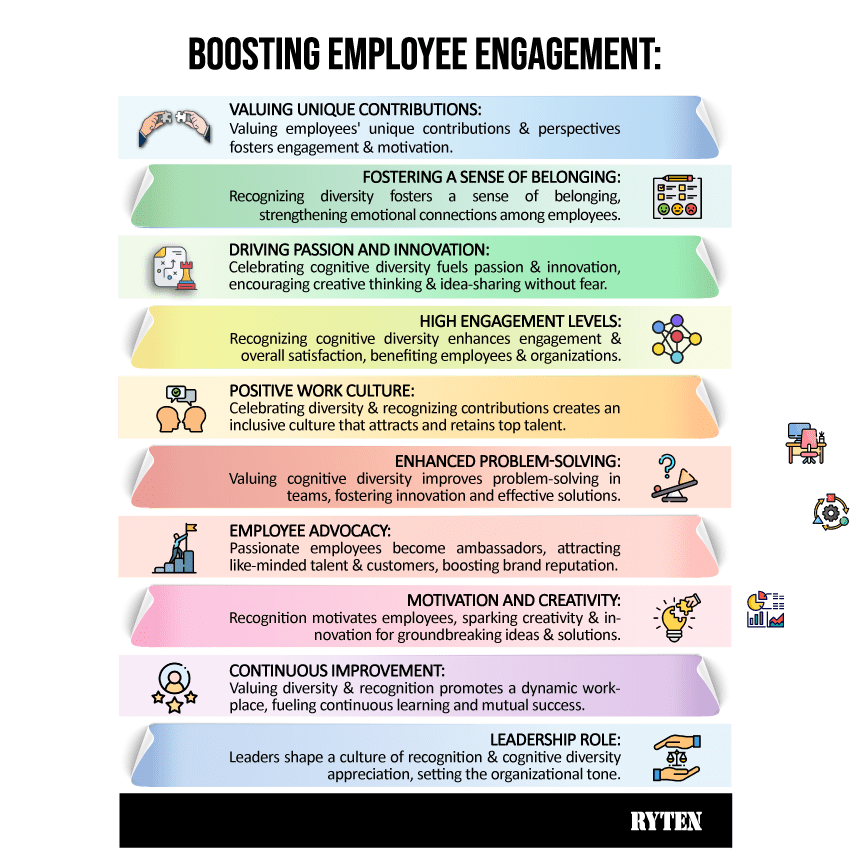
Conclusion
In the evolving landscape of innovation, cognitive diversity stands as a beacon of hope. It reveals hidden cognitive blind spots that can hinder progress and obscure innovation. By embracing diverse minds, organizations illuminate these hidden corners, uncovering new pathways to creativity and problem-solving.
Cognitive diversity acts as a bridge, enabling teams to navigate around these blind spots and tap into their full creative potential. It empowers organizations to chart a course toward a more innovative future. In a world defined by change and innovation, let us recognize that cognitive diversity is the compass guiding us forward, revealing the untapped treasures of creativity and shaping a brighter, more inclusive future for all.


